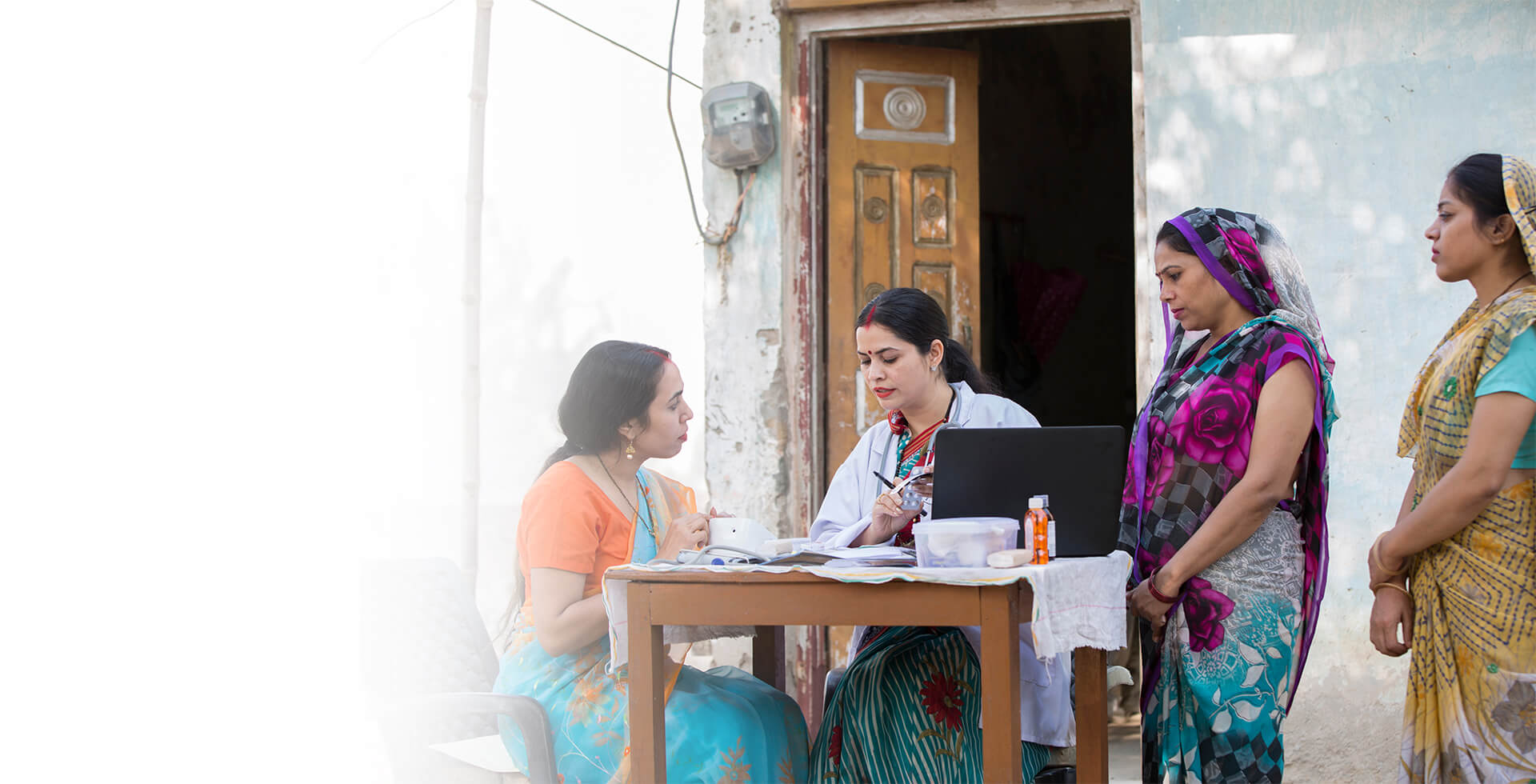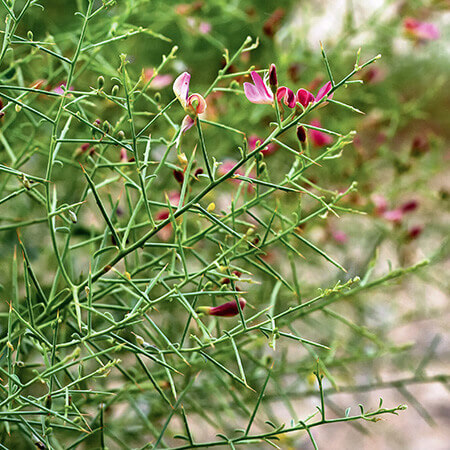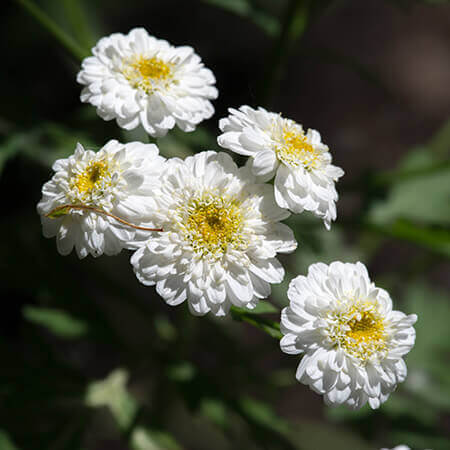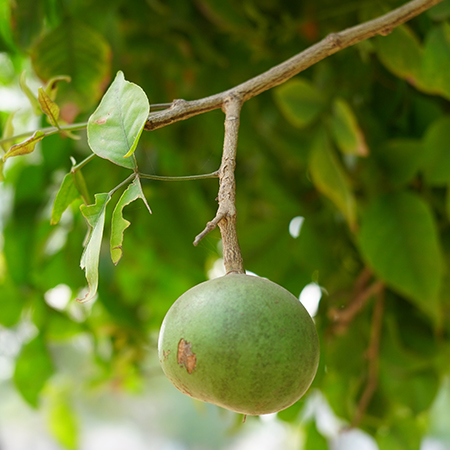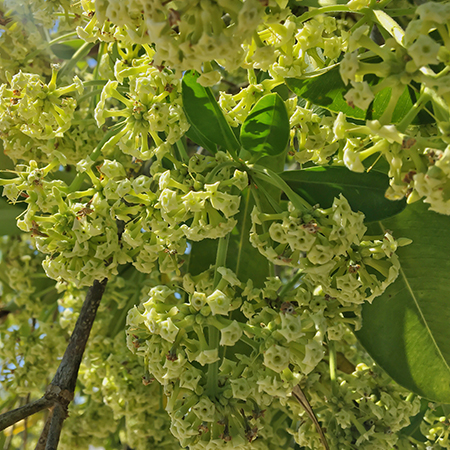Ayurveda and Science
Ulatkambal/उलाटकमबल/Abroma augusta/Devil’s Cotton/Pishach Karpas
AYURVEDIC & MEDICINAL PLANTS
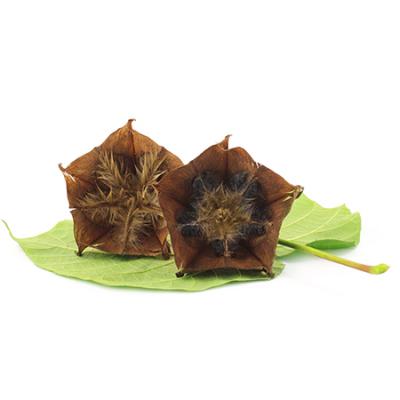
Hindi Name: Ulatkambal
Sanskrit Name: Pishach karpas
English Name: Devil’s Cotton
Latin Name: Abroma augusta
Abroma augusta, or Devil"s Cotton, is an evergreen tree native from Asia to Australia. They will reach 10 feet (2.5 m) in height with very little spread. The leaves will reach 8 inches (20 cm) across and are 3-5 lobed with very distinct palmate veins.
The leaves and stems are covered with soft bristly hairs that are very irritating to the touch. The bark yields a jute-like fiber. In the greenhouse, plants bloom from late spring to early summer. Dark maroon flowers are formed in terminal panicles. Individual flowers are up to 3 inches (7.5 cm) across
Abroma Augusta Medicinal Uses
Devil’s cotton is a uterine stimulant and is specifically indicated in amenorrhoea and oligomenorrhea as recommended by Indian Ayurveda. Due to its pain relieving activity it is also given in Dysmenorrhoea. It is given three days prior to the onset of menses and is continued till the second day of the cycle.
Chemical Composition
The main constituents of Abroma augsta include Tannins, magnesium, fixed oil and alkaloids.
Effect on
Doshas
Pacifies vata and kapha and increases pitta.
Read more about various ailments, it's causes, symptoms, ayurvedic treatments, etc.
Explore More





